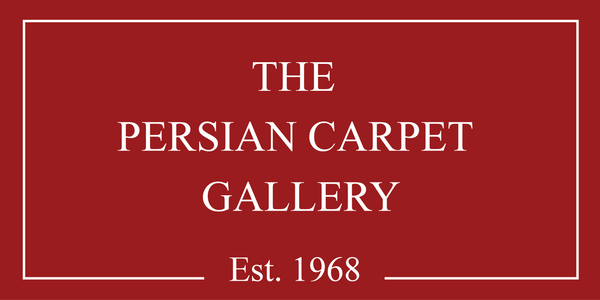Medallion and Arabesque Carpet
The Origin and Mastery of a Persian Medallion Carpet

Origin: Tabriz, first half of the 17th century
Collection: Metropolitan Museum of Art, New York
Dimensions: 802 x 412 cm (316 x 162 inches)
Knot Density: Persian knot, 620,000 knots per square meter (400 knots per square inch)
Materials: Cotton warp, silk weft, wool pile
This exquisite medallion carpet, a masterpiece of Persian craftsmanship, was generously presented to the Metropolitan Museum of Art by the Kress Foundation. It previously belonged to the esteemed collection of the Duke of Hesse-Anhalt. Its origin is tentatively attributed to Tabriz, a renowned hub of Persian carpet weaving.
An Intricate Design of Timeless Beauty
At the heart of this carpet lies a circular medallion, framed by elongated cartouches and intricate arabesques that extend outward in a harmonious flow. The field is adorned with an enchanting tracery of slender branches, delicately interwoven with leaves and flowers. Among these floral motifs, the large red, lily-shaped blossoms are particularly striking. Could these be stylized representations of tulips, a recurring motif in Persian art?
The thicker branches evoke the distinctive "cloud-band" motif, known as tchi, a design element often seen in Persian carpets. Adding to the vibrancy of the composition, peacocks with upward-tilting beaks grace the field near the transverse border. Their bodies are rendered as mosaics of vivid colors, bringing life and movement to the design.
The Border: A Frame of Elegance
The border of the carpet is a marvel in itself, composed of three distinct bands. The widest band features delicate, spiraling branches adorned with stylized flowers reminiscent of those in the central medallion. However, these are rendered in a more subdued, brownish-black palette, offering a striking contrast. The design is further enhanced by additional flowers and arabesques, completing a pattern of extraordinary sophistication and delicacy.
A Testament to Persian Artistry
This medallion carpet is a testament to the unparalleled artistry and technical skill of Persian weavers. Its intricate details, vibrant motifs, and harmonious composition embody the rich cultural heritage of Persian carpet-making. Preserved in the Metropolitan Museum of Art, this piece continues to inspire and captivate viewers, a timeless symbol of elegance and craftsmanship.
